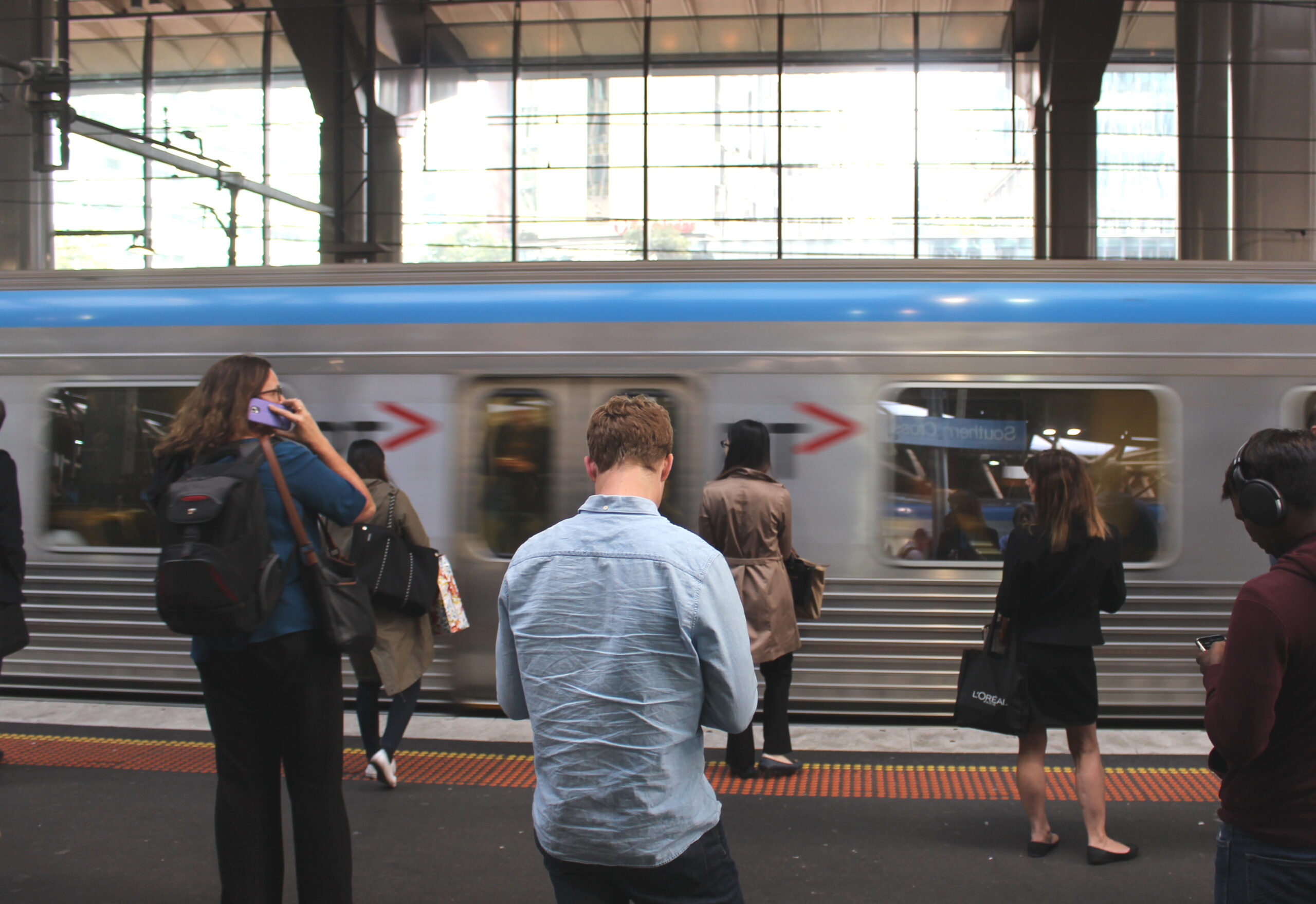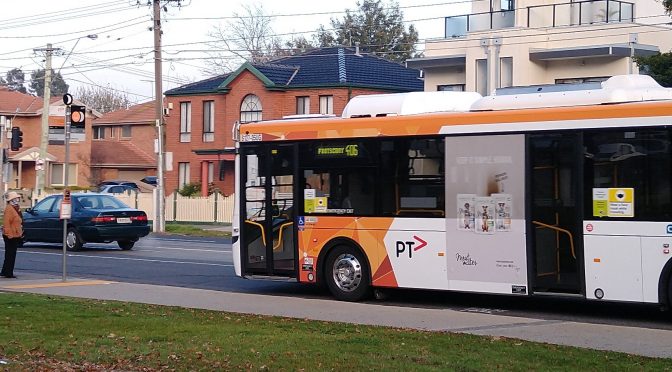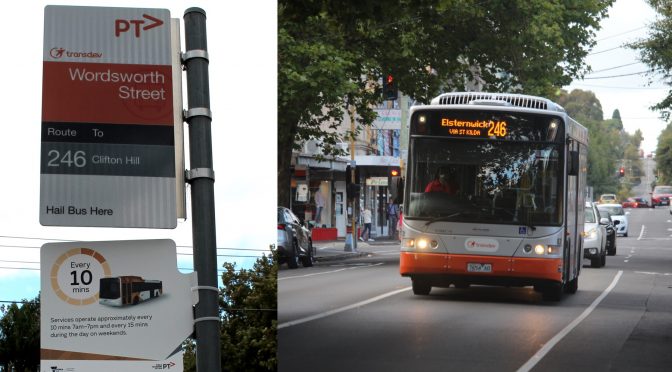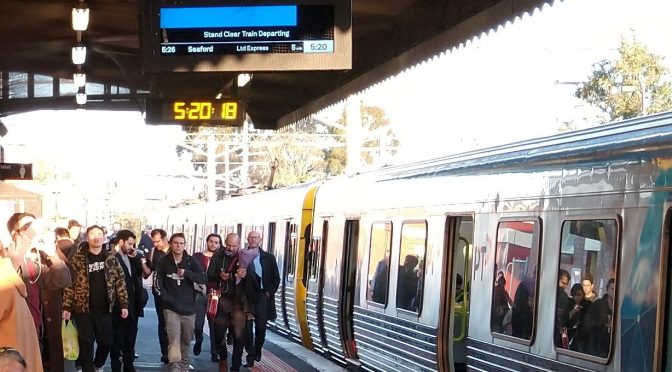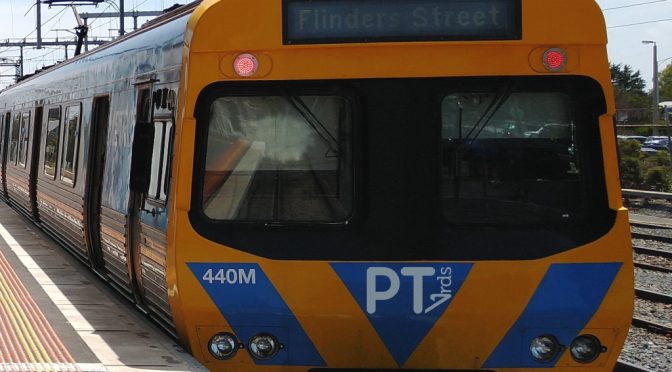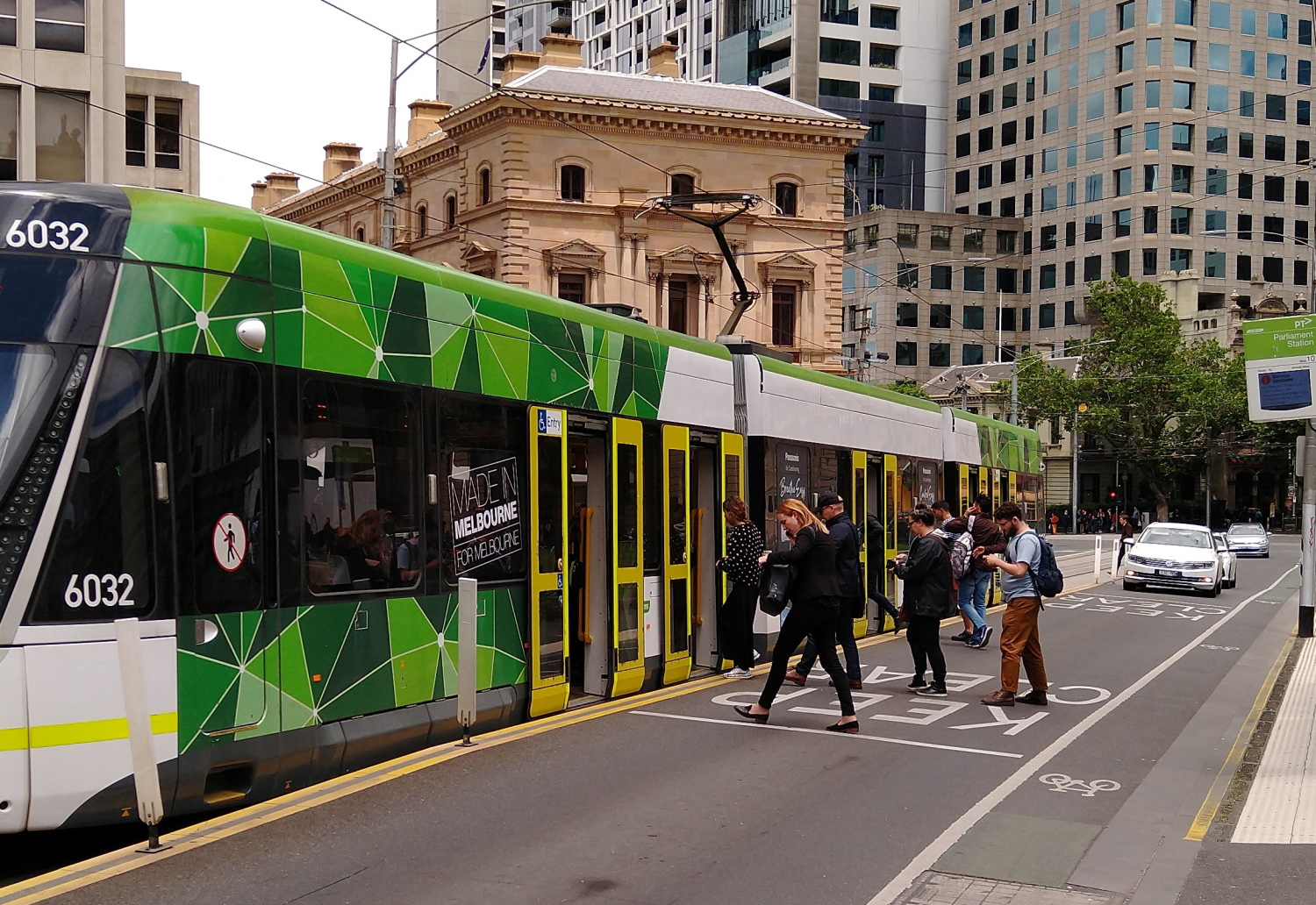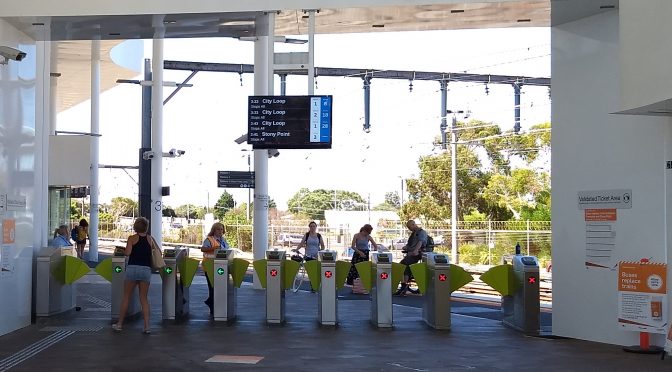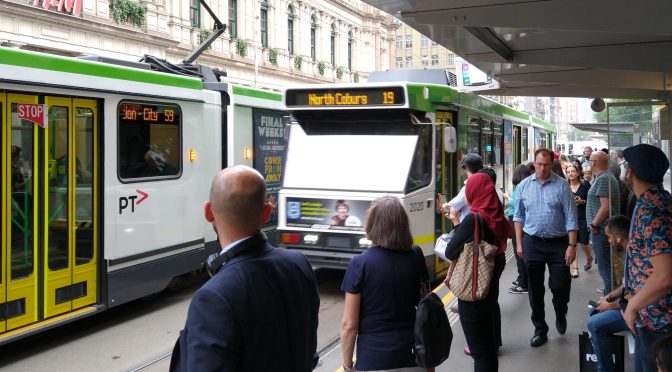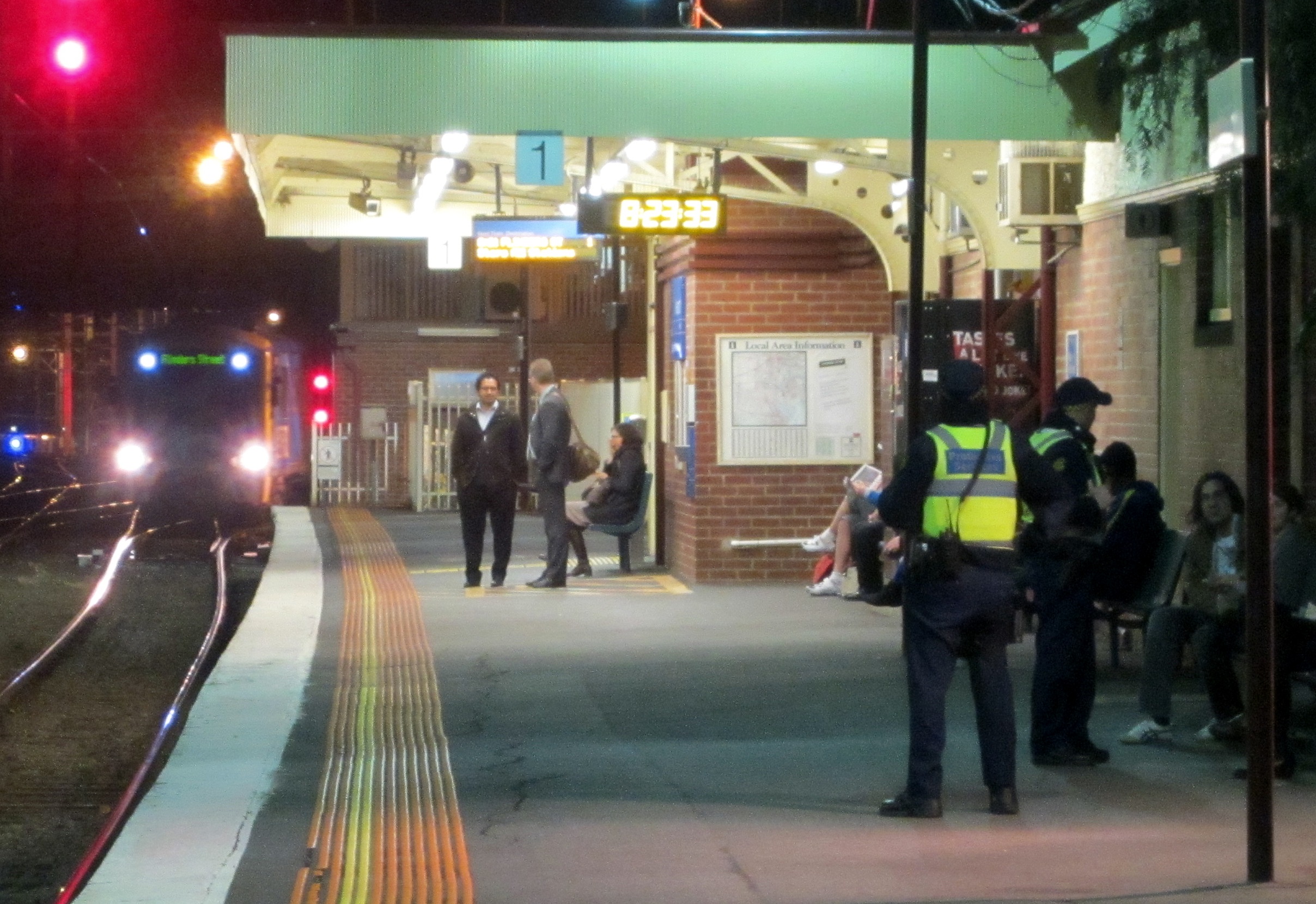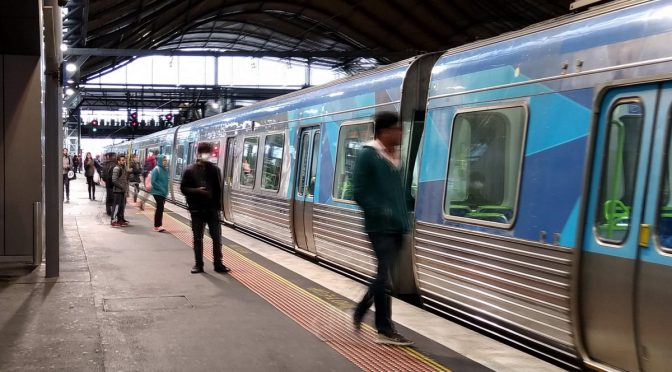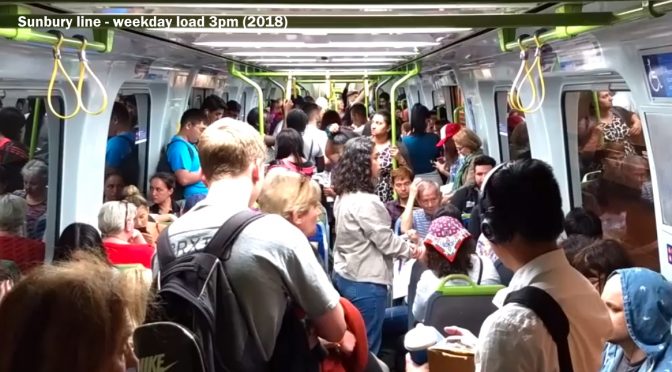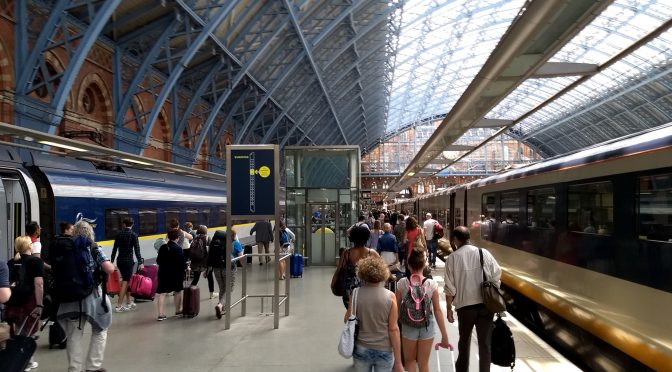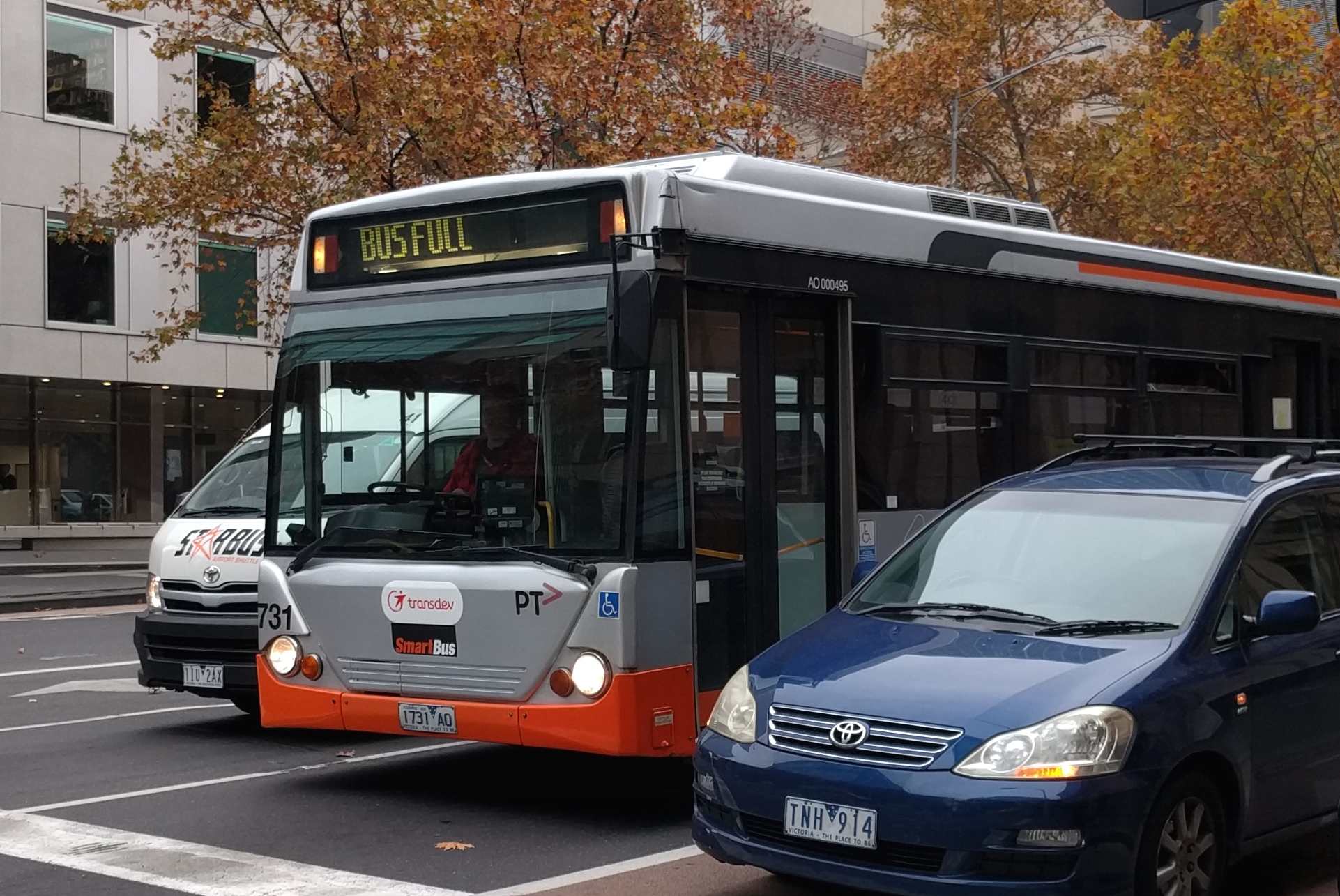Author: PTUA
-
Bus performance data welcomed – and highlights the need for improvements
The PTUA has applauded the State government’s release of bus network performance data for the first time.[1] PTUA spokesperson Daniel Bowen said the organisation had been asking for years for the data to be published, to help transparency and accountability around the bus network. “Detailed train and tram performance data has been published for decades…
-
A steady-as-she-goes transport budget for COVID recovery
The Victorian Government’s 2021-22 budget reflects its cautious approach to post-COVID economic recovery but is building steadily on its previous commitments for public transport and rail freight, according to the Public Transport Users Association. New commitments in the budget are a healthy reassertion of the need to compensate for the three decades of disinvestment in…
-
New logos on the way, as PTV and Vicroads merge
The PTUA has uncovered Department of Transport (DOT) plans to further integrate public transport and road operations, following the integration of Vicroads and Public Transport Victoria into the one broader organisation in 2019 [1]. The next stages of this integration are about to take effect, starting with the merger of the PTV and Vicroads brands…
-
PTUA welcomes rail investment, calls for more funding for services
The Public Transport Users Association (PTUA) welcomed today’s Victorian Budget, with substantial investment in rail infrastructure, as well as expansion of the accessible tram fleet. “The planned upgrade to the Geelong line, and the long-awaited Airport rail line are very welcome”, said PTUA spokesperson Daniel Bowen. “It’s also great to see funding for regional rail…
-
Fares discussion welcome, but better service is still the main game
The Public Transport Users Association has welcomed the conversation on public transport fare reform sparked by the release of a new Infrastructure Victoria report “Fair Move: Better Public Transport Fares for Melbourne“. But PTUA President Dr Tony Morton said many of the proposed measures, like off-peak discounting, would only work properly in the context of…
-
COVID-19 smashes the life from cities, which is why we must smash COVID-19
by Tony Morton As COVID-19’s second waves wash over our technologically advanced civilisation, so follows the commentary on what this pandemic means for cities and for daily life in the future. Public transport sits at the heart of the discourse, and for good reason. In normal times, public transport sustains the life of the world’s…
-
PTUA concerned on curfew cuts
Trams and trains on a Saturday timetable every day would be a far better outcome for passengers compared to the situation we have now.
-
PTUA welcomes additional services
The Public Transport Users Association (PTUA) has applauded the additional train and tram services announced on Friday by the Victorian Government. “These changes are very welcome”, said PTUA spokesperson Daniel Bowen. “Train service frequencies drop off outside peak hours, resulting in long wait times and – under normal circumstances – crowding. “We have been concerned…
-
COVID-19: Public transport timetable boost needed to help stagger trips
The Public Transport Users Association (PTUA) has called on the State Government to boost public transport services across the day as a response to the COVID-19 crisis. A PTUA analysis of train timetables found that on some lines, services and capacity dropped by two-thirds outside peak hour. PTUA spokesperson Daniel Bowen said that as people…
-
Australia must ‘move on’ from freeway fantasy, not High Speed Rail
In response to the Grattan Institute’s calls for Australia to ‘move on’ from High Speed Rail, the Public Transport Users Association notes the limitations of their analysis, and calls for urban megaroads projects to receive the same level of scrutiny. Evidence has shown again and again that urban motorways induce more traffic, rather than “busting”…
-
Transport for Everyone: Post COVID-19 Recovery – New vision for buses
(Media release from Transport For Everyone) Key transport professionals have jointly written to the Victorian Premier urging the Government’s Building Victoria’s Recovery Taskforce to focus on upgrading bus services and active transport through a 5-point plan to improve mobility for Melbourne and build jobs as part of recovery from COVID-19. The 5-point plan seeks a…
